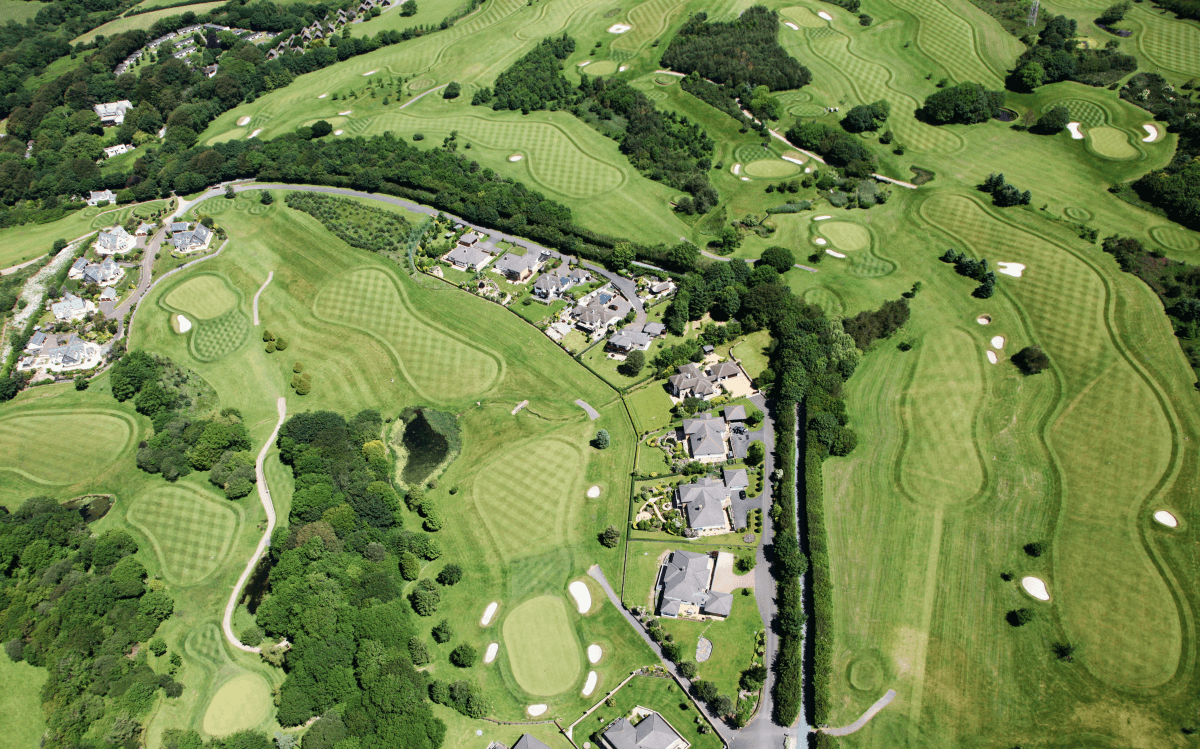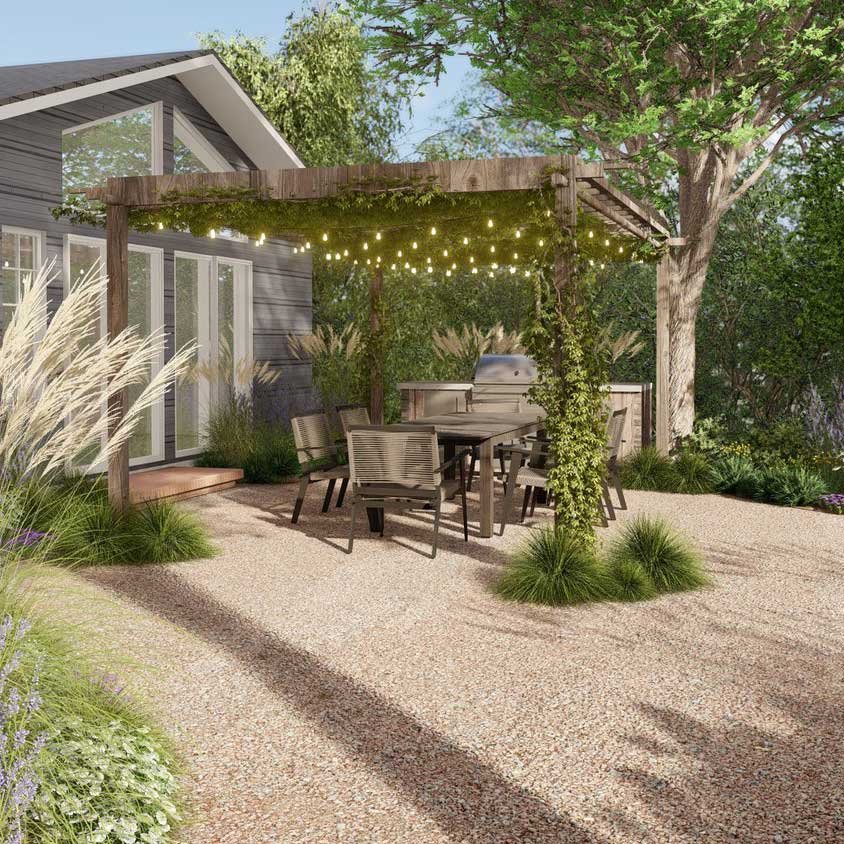10 Simple Techniques For Landscapers
10 Simple Techniques For Landscapers
Blog Article
Some Ideas on Landscapers You Should Know
Table of ContentsNot known Facts About LandscapersLandscapers Things To Know Before You Get This8 Easy Facts About Landscapers DescribedOur Landscapers DiariesSome Known Questions About Landscapers.More About Landscapers
- A garden feature where water is represented by an aggregate rock item, normally a crushed rock or granite.- A stone or natural flagstone outdoor patio, course, or pathway constructed without a concrete base.- A rock maintaining or complimentary standing wall developed without the use of mortar. A highly experienced mason is required for a completely dry pile rock wall surface. Most walls in Portland are moist stacked, even if they seem. - A below ground structure that gather water and permits it to slow percolate into the soil around it.
Landscape layout that is suitable with a sites' atmosphere in both look and sustainability without unfavorable influences to the setting. Interrupting the landscape is a line of separation that creates aesthetic passion in the garden by separating one segment from an additional sector. This can be aesthetic or functional, maintaining one aspect (such as pea crushed rock) from getting blended right into one more (like bark dirt).
Locations can additionally have a feeling of "unit" given by trees, other plantings, fencings, or displays. The landscape near the entry to a building.
4 Simple Techniques For Landscapers

The aspect in a landscape design or area in a landscape that is implied to be most famous. The centerpiece can be a plant, stone, statuary, collecting space, or various other landscape feature. A design of gardens or yard aspects that worry straight lines, appropriate angles and circles. Bushes or hedges situated in beds near the structure of a home or various other structure.

The smart Trick of Landscapers That Nobody is Discussing
Low plants that are enabled or urged to spread out over a location. Can refer to any kind of "difficult" yard components consisting of statuary or boulders but many generally is used to refer to paths, patio areas, and walls - Landscapers.: Elevation distinction in between the degree of water in a fish pond (or the degree of the pump if it rests outside the pond) and the top electrical outlet of water which affects performance of the water pump in gph (gallons per hour).
Fence boards that run flat, usually made use of in modern-day or Japanese-inspired landscape styles. Correct use of imaginary lines can aid the landscape feel attached to the home and other components.
An even more relaxed yard dominated by bent as opposed to straight bed lines and a much less rigid framework. Conventional PNW landscapes are casual. A plant that spreads greater than preferred, or right into habitats where it does damage. Portland has a listing of intrusive plants that ought to not be set up in landscapes because they can infect forests or rivers and be challenging to manage.
Not known Facts About Landscapers
Can consist of head positionings link and insurance coverage, pipeline sizing, GPM specifications, and products needed to mount this system. Licensed professional that creates landscapes, educated in engineering and architecture as well as in horticulture.
Landscape designers typically have much less schooling than Landscape Architects and are not accredited. A finished landscape design, describing all aspects for the new landscape.
Calcium material made use of to raise the pH in dirt, which will make it much less congenial to moss (Landscapers). A water limited HDPE material used underneath fish ponds, streams and waterfalls in water features. Utilizing many growings of the same selection to complete a location in the landscape. This can lower maintenance and water usage in the garden.
A mix of cement, sand, and water that is utilized in rock masonry for setting rocks and joints. A layer of compost or bark dust applied at the base of a plant. A mass growing of moss. A plant that existed in a geographic area before people started transforming the landscape.
The smart Trick of Landscapers That Nobody is Talking About
Exactly how the garden or a yard component is arranged in relationship to an existing or new feature or to an instructions. Yards that are not trimmed yet expanded in landscapes as perennials.

Small round crushed rock. Plants that supply seasonal rate of interest and afterwards pass away back in the winter. Annuals do not return the complying with period, but perennials do. Winter lawn that is one of the most usual turf grass in Rose city, OR et cetera of the PNW.An open roofed framework over an outdoor patio or various other landscape function.
Lava accumulated varying in size from 1/4" down to dust. One of the check this most typical landscape crushed rock Discover More in the PNW. Location of the landscape developed to handle rain water up until it can saturate into the ground. A chain that manages water as it takes a trip from a roofing seamless gutter to the ground. Yard structure that develops a planting area that is contained and greater than the surrounding quality.
Developing a yard attribute consisting mostly of rocks with growings that complement and can thrive in the rocky environment. Lawn sprinkler head style that rotates a stream of water across an area.
Some Known Details About Landscapers

Report this page